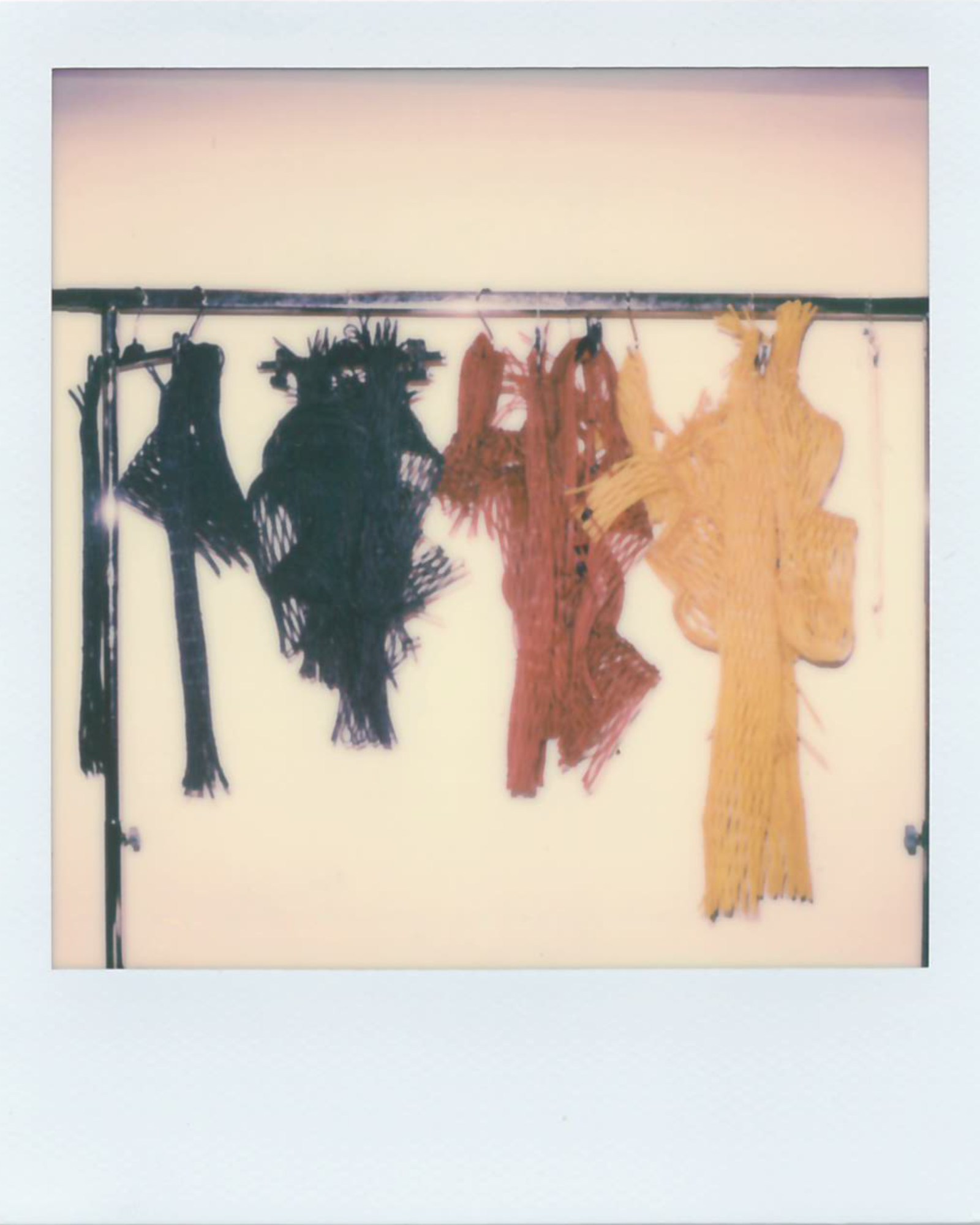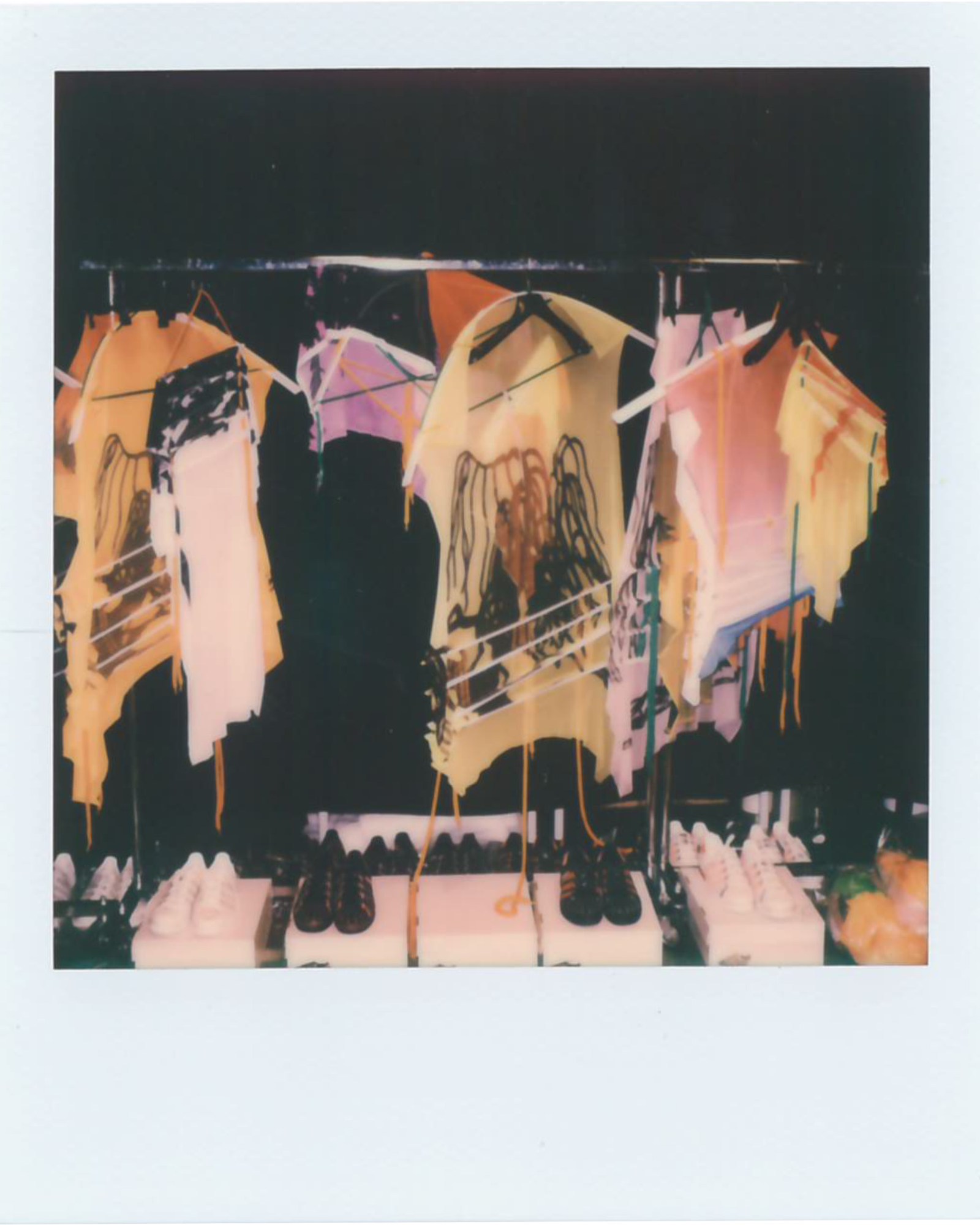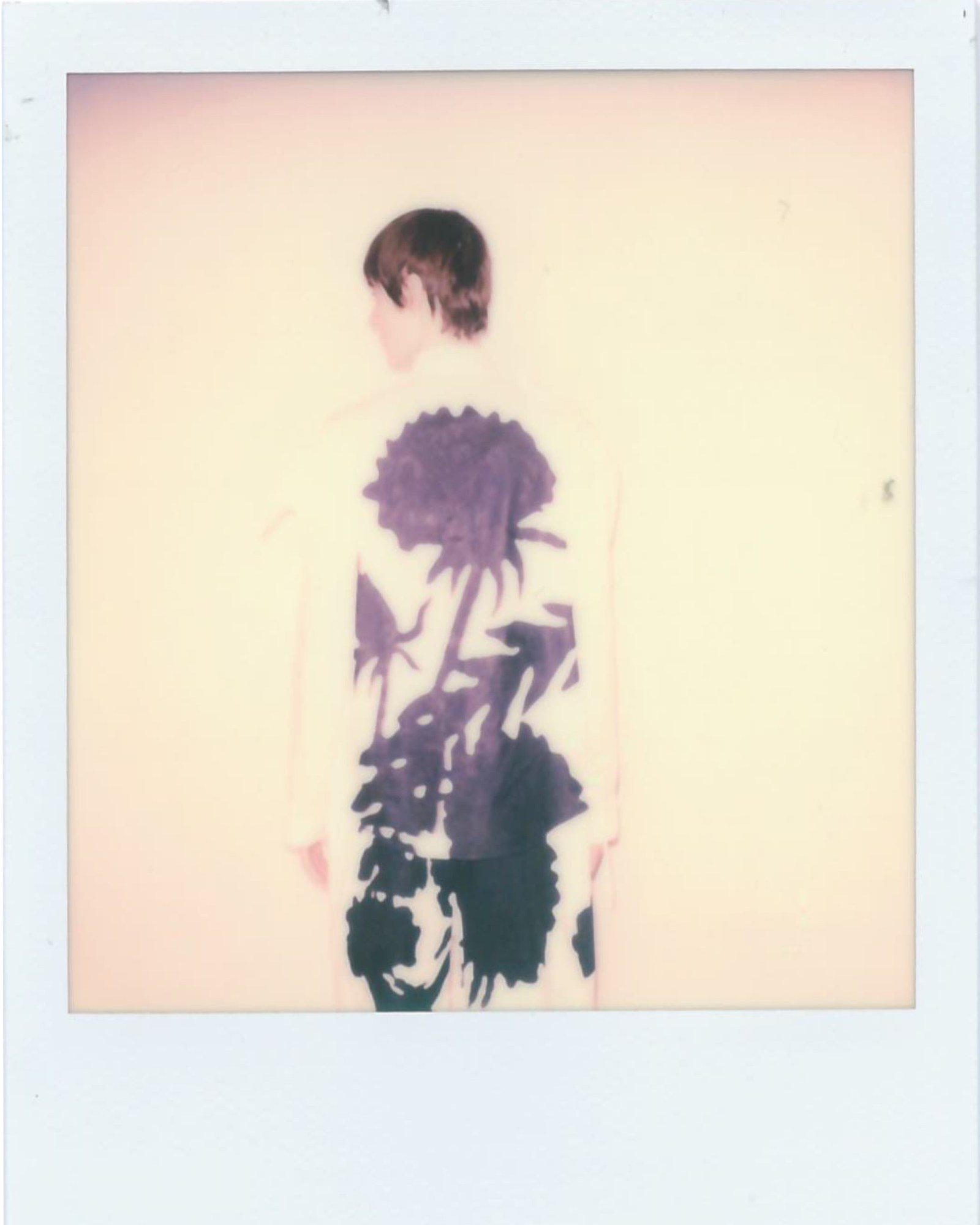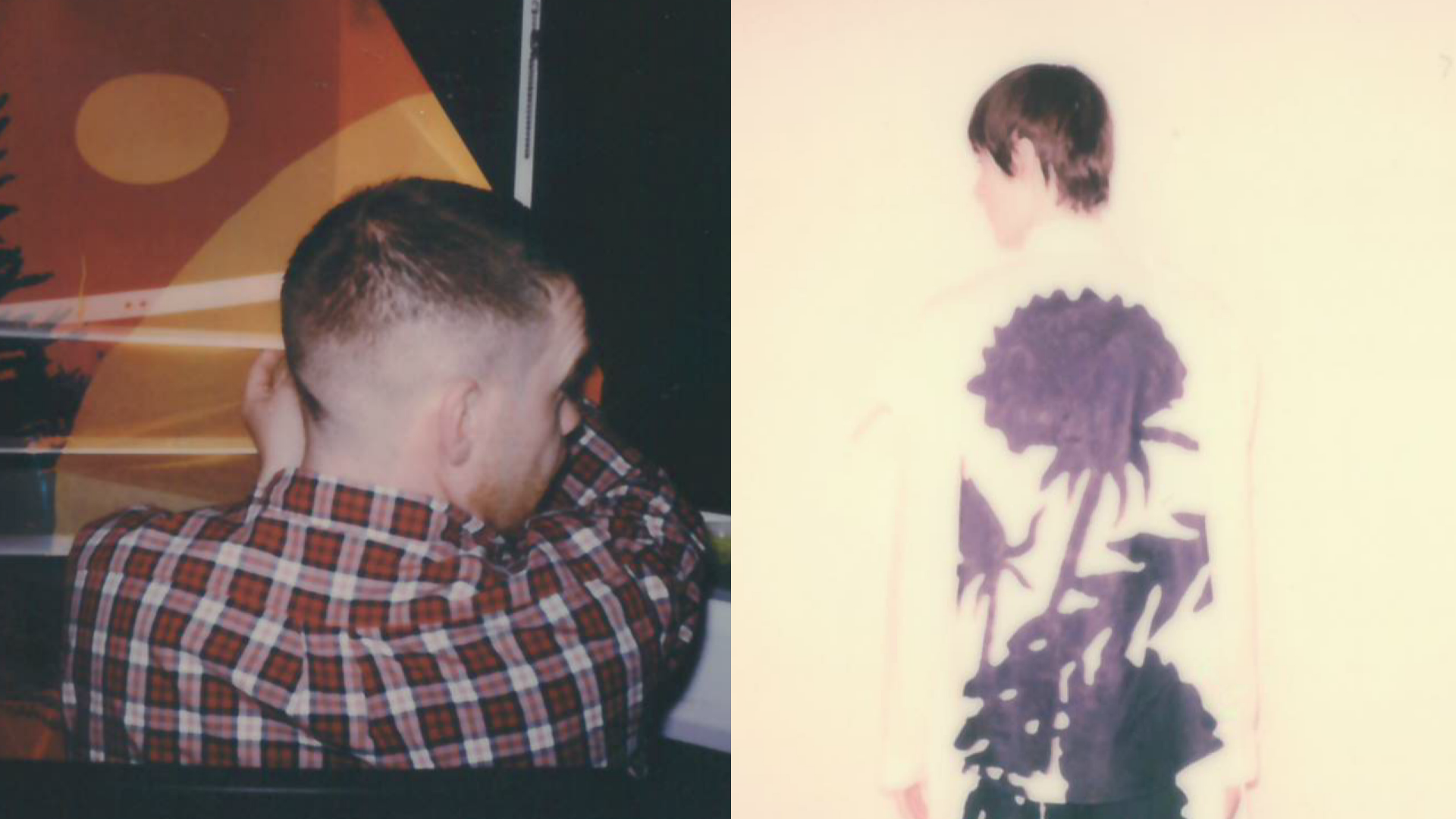Craig Green staged the best menswear show of Paris Fashion Week. Not that it’s a competition but if it was, he would have won, and that’s no mean feat considering it was his first time showing outside of London, and up against the most monolithic megabrands in the world. In a fashion week saturated with spectacular show venues, celebrity sightings and huge collections, Craig kept it simple and effective, presenting his AW20 collection in a white schoolyard hall on a crisp Sunday morning. Maybe it’s the independent creative spirit of David versus the might of the industry’s global Goliaths that made the show stand out, but it was also the visibly hand-crafted nature of his collection, which explored the idea of packaging as an object of both beauty and identity.
“London has always been my home and many people have dreams to come and show in Paris, but it wasn’t something that we were necessarily striving for,” Craig explained, when we sat down a few days after his show, which he documented from concept to catwalk with this series of candid polaroids. Showing in Paris, still the epicentre of fashion, happened out of necessity. With London Fashion Week painfully kicking off just a couple of days into the new year, it was impossible for Craig and his team to finish the collection on time. “We couldn’t get any of our factories to deliver before Christmas,” he adds. “This opportunity came up and it seemed like the right time. There are people that supported us for years and have been integral to the growth of the brand, and they had still never been to my show and seen the collection properly.”
For Craig, the show is the crescendo of his complex process – all those intricate sculptures come to life on humans in movement. “One of the reasons I wanted to go into fashion was because of how exciting a show can be,” he says, the atmosphere heightened by his collaborations on music with Frédéric Sanchez, and casting with Samuel Ellis Scheinman. “A lot of times we’re making the pieces flat or on the wall. We might think something is amazing in the studio and we have a model in it and it doesn’t have the right energy. It’s important to see it on a body.”
This season, his collection explored the idea of packaging, with materials and colours taking their cue from plastic carrier bags and polystyrene fruit nets. Consider it a metaphor for the emotional baggage that men carry around, the ever-present burden of societal masculinity as heavy weight to bear. “Initially it started thinking about packaging yourself for other people, how you present yourself,” he explains. “How you can perceive things differently… You buy a product and the packaging and branding is more important than what it actually is that you’re getting.”

He fondly remembers girls at his north London school using yellow Selfridges carrier bags as their school bags and boys toting plastic duffels from JD Sports. “No one goes to buy something from Prada only to pop it in a bag for life,” Craig says with a laugh. Instead, the packaging is an all-important cipher of consumerism and status. So the clothes were made from bright materials varying from Tyvek-like, lightweight leather lined with organza to techy mesh, rubber tubing and even the softest cashmere backed onto, in Craig’s words, “wet-the-bed-style lining. It’s being protected from you as much as restricting you from touching it”.
As always, there’s a deeper, darker sensibility that runs beneath the beauty that Craig creates. “I always think it’s weird when people describe people as ‘the full package’,” he says. “It’s the idea that you’re already packaged to be disposed of. It’s protecting you and protecting others from you.” The show closed with a suite of sculptures resembling window blinds with highly saturated, digitally warped prints of picture postcard sunsets — something that he wanted to relate to the idea of windows, and the feeling of detachment. It touches on the irony of isolation in our hyper-connected world, people presenting themselves online as part of a community while being physically alone, or indeed someone falling in love with someone on the other side of the world, who they’ll probably never meet. “At one point they were supposed to be human bodies that could wrap around you and hug you — then they became transparent blinds and about that idea of separation.”
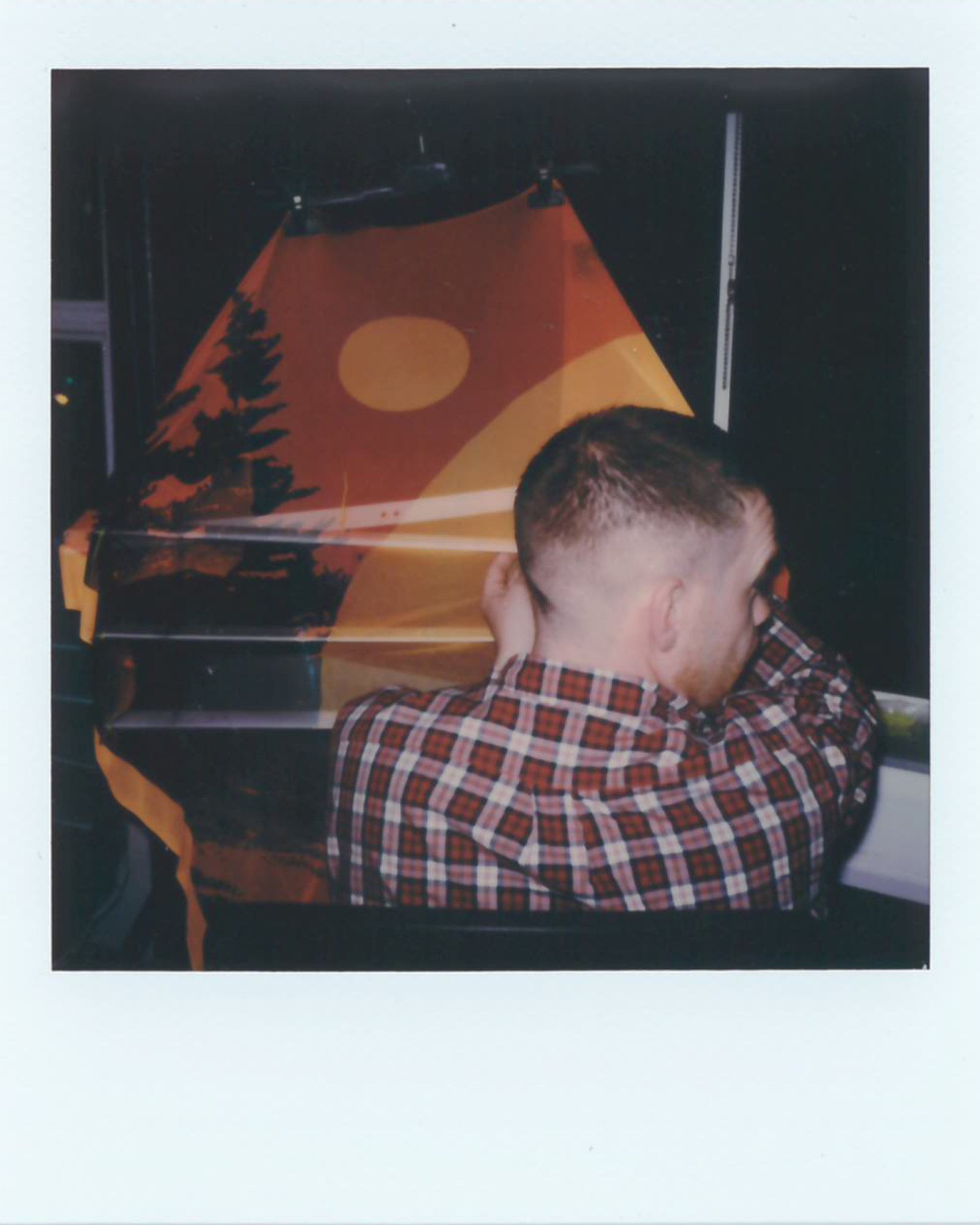
One of the most impressive things about Craig’s work is that it manages to circumnavigate the traditional tropes of a menswear wardrobe, entirely avoiding stereotypes and branding. “If you put that branding on a T-shirt, why is it so much more expensive than any other T-shirt?” he says. Menswear as a whole can often be quite literal — variations on tailoring, shirts, ties, streetwear. Craig’s work, on the other hand, reimagines the basic concept and structure of a garment. It nods to familiar tropes, but often looks more akin to something monastic, there’s something spiritual and sculptural to it.
However, take it all apart and there are those quilted jackets, puffa shirts and techy trousers. They’re flattering to most body types given the lo-fi drawstring fastenings and loose volumes, the kind of surprisingly easy-to-wear clothes that his ever-growing business and narrative-driven shows are built on. Style and substance. The big boys in Paris should take note.
